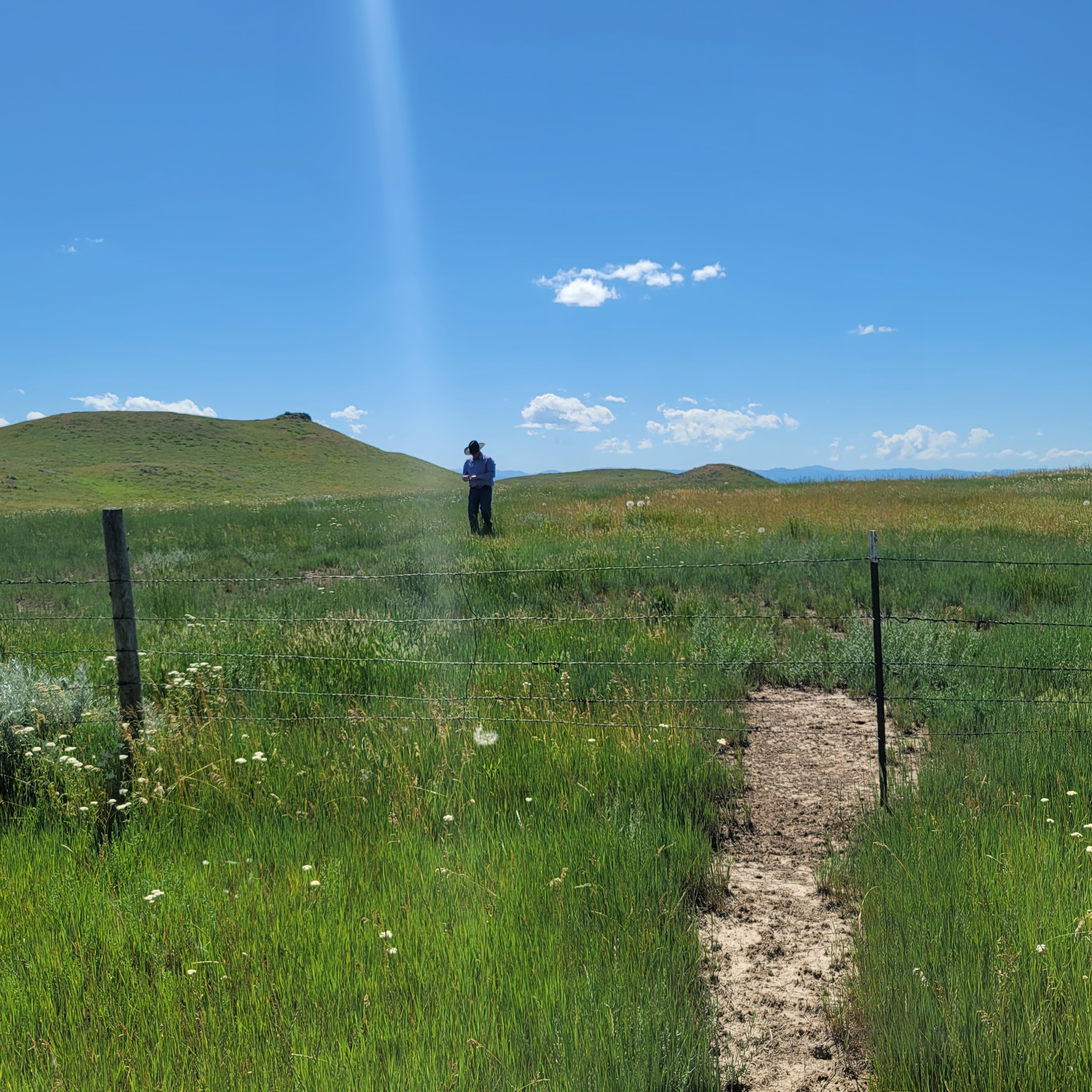Diminishing the Effects of Drought on Forage Production
Drought is a recurrent stressor in ranching that can, at times, seem insurmountable. A regenerative ranching strategy, along with a drought contingency plan are adaptive ways ranches can build more resiliency into their operations. Regenerative ranching is not a one-size-fits-all approach to management. It is a suite of practices that, through trial and error, can be adjusted to fit a ranch. A drought contingency plan is part of an adaptive grazing approach in a regenerative system that affords ranches the opportunity to highlight trigger points unique to their operation that will elicit actions based on precipitation, range conditions and/or livestock prices.
Regenerative ranching takes a systematic, proactive approach to influence key drivers of resilience in a range or pasture setting. Adaptive grazing, increasing forage production through improved species selection and utilization, and fertilization are a group of practices that help build soil health. Implementing a grazing plan that allows for rest and recovery, improving plant species through selection and fertilization will look different on every ranch.
One thing these practices have in common is they improve soil organic carbon. Soil organic matter is, roughly, 58% soil organic carbon. This fraction of the soil imparts many positive attributes to the system, including improved water infiltration and water holding capacity. The ability to retain and absorb water can have a dramatic effect on water availability during a drought. A 1% increase in soil organic matter can increase the water storage potential by more than 20,000 gallons on an acre.
Working to proactively improve the forage base of a ranch through improved grazing and utilization, species selection and fertilization will improve the soils ability to withstand drought. Creating a drought contingency plan that employs adaptive management to quickly adjust livestock numbers to the quantity of forage available under changing weather conditions will reduce the impacts to the health of your range or pasture during a drought.



